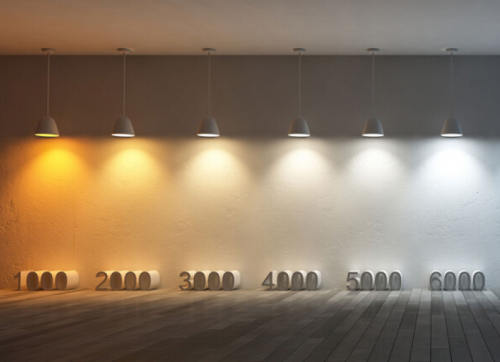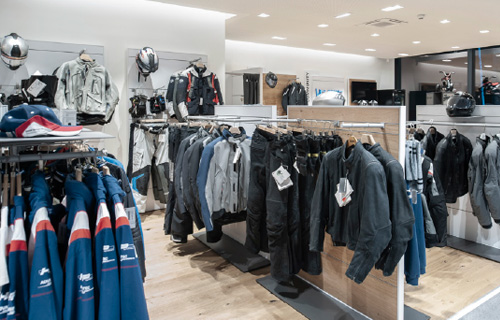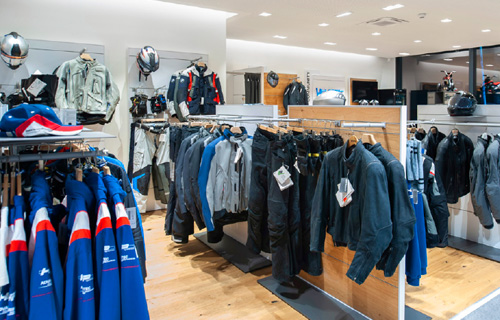Technical Toolkit
A space for us to share helpful lighting information to super charge your next design project
Helpful guide to commonly used terms
Knowledge is power! We are often asked about what various technical details of LED mean, such as binning, CRI, COB, luminous Flux and many others. We thought the guide below would help many of our clients better understand lighting for their projects.
Let us know if you have any questions, we’d be more than happy to help.
Colour Temperature
Understanding colour temperatures of LED sources is fundamental in selecting the correct colour for your project. The CT you select will depend on a number of factors, the main ones being what atmosphere you want to create and also the products/ surfaces that are being illuminated. The overview below explores CT range and applications.

2000k – 2200k (very warm lite)
Usage: Decorative & ambient secondary lighting
Like: Candle light
This is a really warm and vibrant colour temperature that is perfect for restaurants, bars and domestic applications where you want to create a cosy and intimate atmosphere.
2700k (warm Light)
Usage: Primary lighting for most restaurant, bar and domestic applications applications
Like: Halogen & incandescent lamps
3000k (White Light)
Usage: Retail, offices and
This colour temperature is best suited to commercial properties, such as retail stores, hairdressers and offices.
4000k (Cool light)
Usage: Some retail applications, offices, Factories and warehouses. Also suitable for external facades.
5000K (Very Cool light)
Usage: External facades, Factories and warehouses.
Colour Rendering
The Colour Rendering Index (in abbreviated form called CRI) is a measurement of a light source’s accuracy in rendering different colours when compared to a reference light source with the same correlated colour temperature. The Colour Rendering Index is defined on the basis of 8 basic colours, and does not depend on the colour of light of the light source.




BINNING: In the manufacture of LEDs, there are always small differences in the colour of the light, colour rendering and brightness of the individual LEDs. These differences would be noticeable when comparing several identical products. To avoid this, there is the so-called BINNING.
Binning allows LEDs to be tested individually and separated into single groups, called BINS. A BIN contains only LEDs with the same values. This binning process is performed using the MacAdam ellipse. This ellipse defines the area where differences are not perceptible for humans. Accordingly, our products only use LEDs with MacAdam (SDCM) 3step Binning.

COB – CHIP ON BOARD: In COB modules, the LED chips are glued directly on a thermo-conducting board, and are lectrically connected to each other through thin gold wires. In order to ensure the mechanical protection of the components and to produce white light, this structure is stabilized with a silicone-phosphor mixture.
An important advantage of this technology lies in the lower heat transfer of the LED chips to the cooling element (thermal resistance). Subsequently, an optimized heat management leads directly to an improvement of lifetime and colour drift of the chips. Thus, several LED chips can be placed in a small area and enormous light streams can be collectively generated.
STANDARD LIFETIME: L80/B10 50.000h Ta max=25°C. 80% residual output after 50.000 hours of operation for at least 90% of the tested luminaires. Lamp operated as intended at max. 25° ambient temperature (unless specifically stated).
LUMINOUS FLUX: The projected luminous flux of the lamp is shown in consideration of all reduction factors such as temperature, reflector efficiency, safety glass transmittance value and constructive factors according to the technical data sheets and manufacturer‘s instructions. The specified, calculated values in the catalogue refer to, unless otherwise specified, a reference calculation with the following specifications: 3000K CRI 80 at Ta = 25°C.
POWER RATING: Only the system performance (SYS) is mentioned in the catalogue. This means the total absorbed power of LED plus the power of the Driver. Exceptions are only luminaries that are delivered without Driver, here the LED power (LED) is specified. Available data at time of printing of the catalogue are partly calculated values. The lights are continuously optimized according to the latest technical development, all indicated power ratings and lumenoutputs have a tolerance of +/- 10%, updated information can be found on www.moltoluce.com and the professional lighting planning software DIALux. All details provided here comply with available data at the time of publication, and are for information purpose only.
Solus Solutions has the right to change/modify technical data any time without prior information. Solus Solutions is not liable for colour variation. Some of the pictures are retouched and are just to show installation possibilities.
